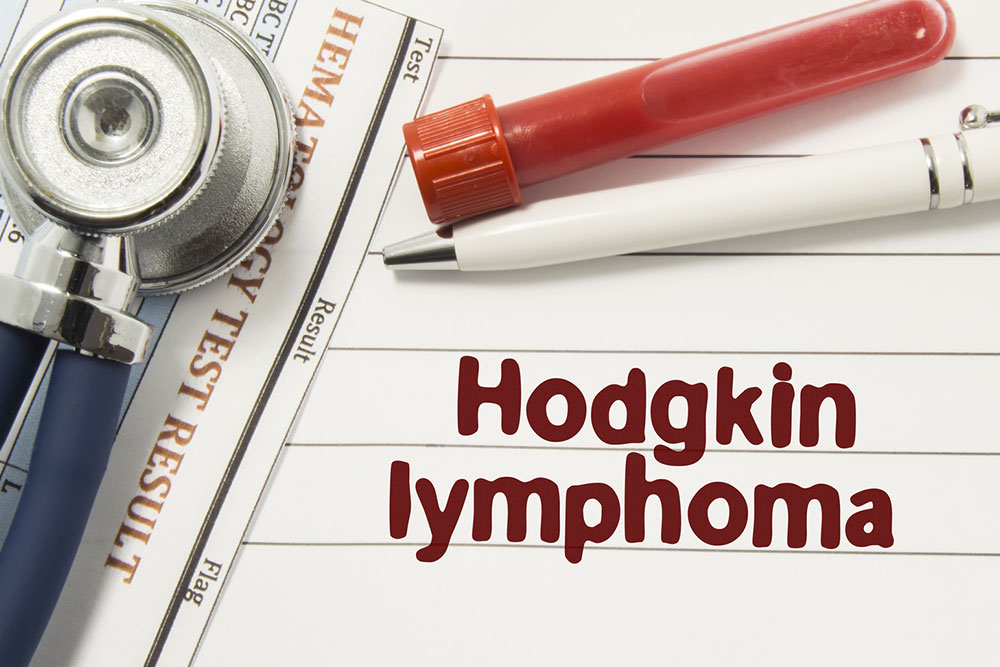
Things you need to know about Hodgkin’s Disease
Hodgkin’s disease or Hodgkin’s lymphoma is a specific type of cancer that forms in the lymphatic systemic the body. The lymphocytes or white blood cells are an essential part of the infection and disease-fighting immune system that helps keeps the body healthy. Of the three principal types of lymphocytes, it is the B cells that produce antibodies to fight against bacteria, virus and other foreign materials that are affected by cancer. When tumors or lymphomas form in abnormal B cells, it is termed as Hodgkin’s lymphoma.
The lymphatic system is present all over the body and so are lymphocytes. So technically, Hodgkin’s lymphoma can form anywhere in the body, but it is most often found in the chest, neck, underarms, or groin area. This cancer can spread to the bone marrow, the liver, lungs, spleen or even the skin. The spread of this type of cancer typically happens in a structured manner from one lymph node to the next. This is because the lymphatic system, apart from fighting disease, carries out certain important functions like transporting nutrients and hormones throughout the body and removing waste products from the tissues throughout the human body. But Hodgkin’s lymphoma is not common, it affects less than 0.2% of the population in the country.
A mutation in the DNA of the B lymphocytes causes them to grow and reproduce uncontrollably, thus causing Hodgkin’s disease. Why this modification of the B cells happens to remain a mystery. But there is no doubt about who is typically at risk from developing Hodgkin’s Disease.
- It is interesting to note that although Hodgkin’s Disease can affect anyone, it is diagnosed commonly in young people in their 20s or seniors over the age of 60.
- The male population is slightly more susceptible to this rare type of cancer than females.
- A family history of any type of Hodgkin’s lymphoma, that is, if a first-degree blood relative has suffered this type of cancer, then it increases the risk multifold.
- People already affected by illness such as glandular fever or the infectious mononucleosis caused by the Epstein-Barr Virus (EBV) are at increased risk of developing Hodgkin’s lymphoma than those who are not affected by the EBV at all.
- Also, people who smoke can develop tumors caused by the Epstein-Barr virus, therefore increasing their chances of suffering from Hodgkin’s disease.
- People with a fragile immune system, especially those with human immunodeficiency virus (HIV) that causes AIDS, or people taking immunosuppressants because of an organ transplant and those with congenital immunodeficiency are at least 10 times more at risk.
- Similarly, it is easier for people with certain auto-immune diseases such as Rheumatoid Arthritis, Systemic Lupus Erythematosus (SLE), or sarcoidosis to develop Hodgkin’s lymphoma.
It is important to speak with healthcare providers about the possible risks that can increase the risk of developing Hodgkin’s lymphoma and intentionally try to reduce or eliminate them where possible. But remember that sometimes people are affected by Hodgkin’s disease even without the presence of any apparent risk factors.


